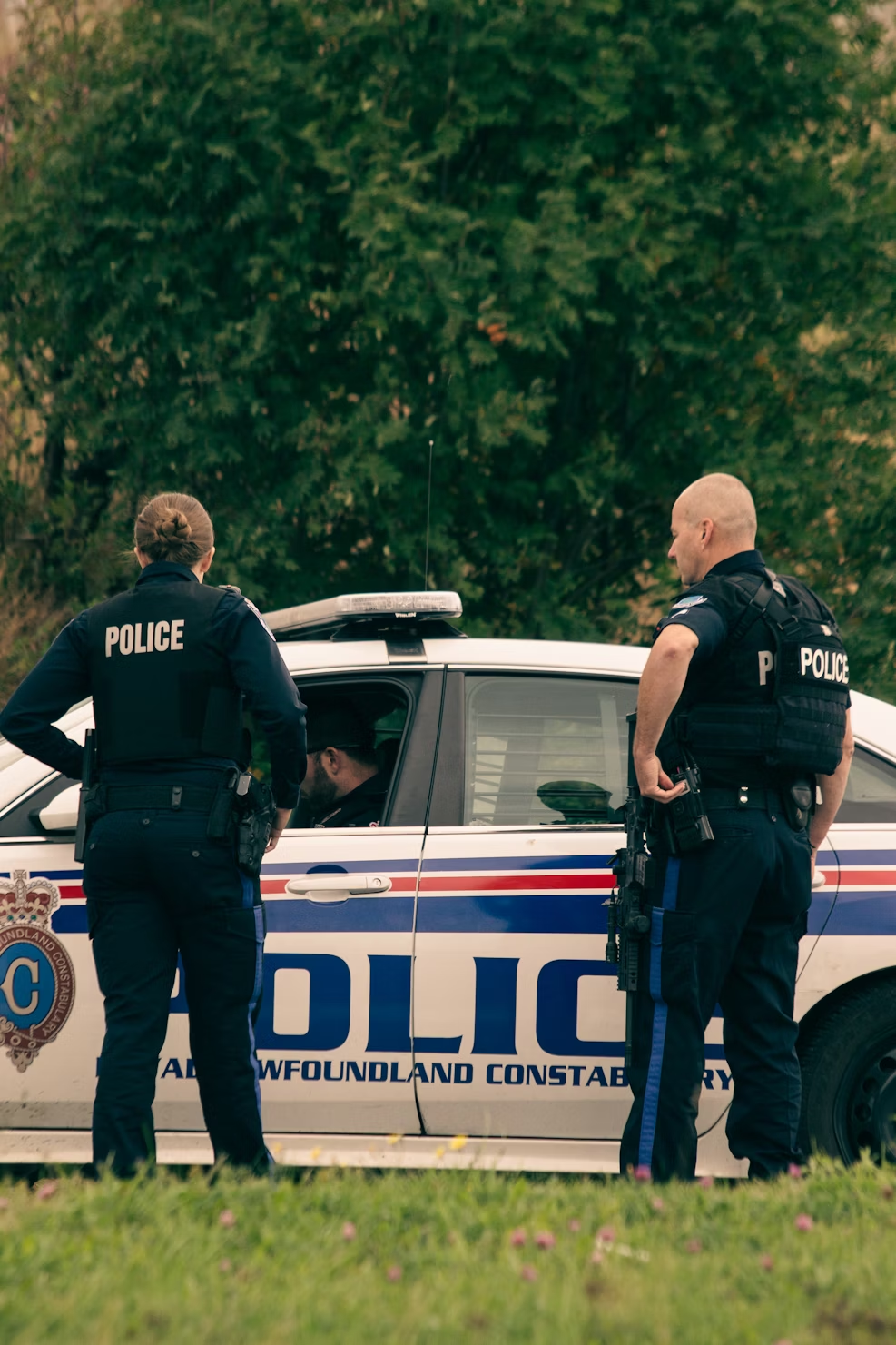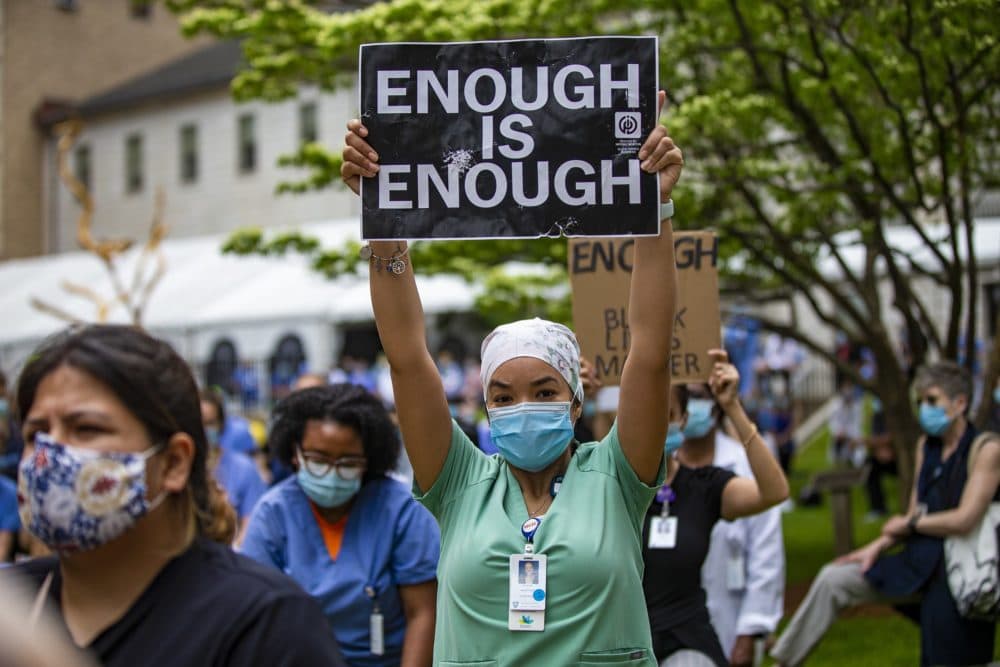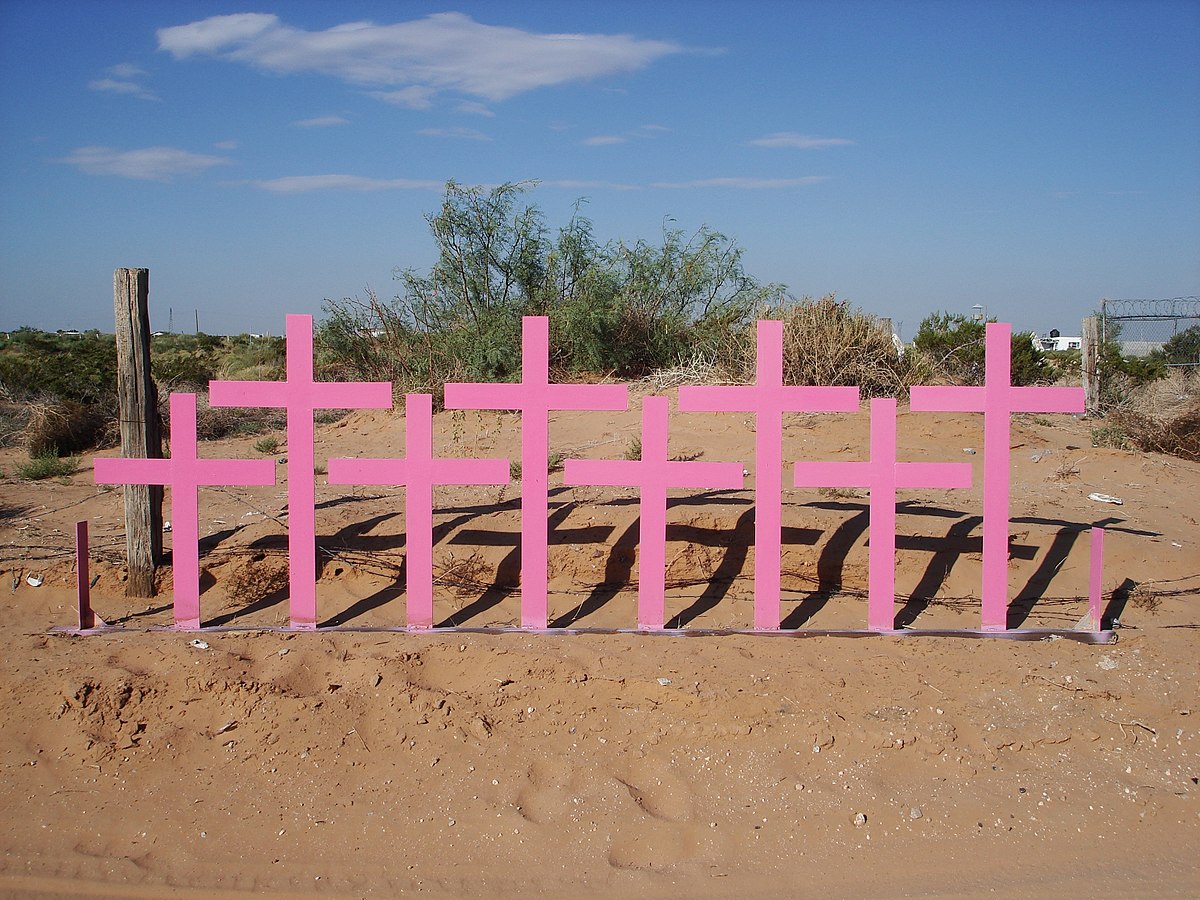The School-to-Prison Pipeline (STPP) is a theoretical construct that describes the results of harsh disciplinary practices that push students out of the public education arena and into the criminal justice system. In short, the School-to-Prison Pipeline is made up of three significant contributing components that come together to perpetuate the inequality within the public education system in America. (1) The enforcement of “Zero-Tolerance Policies” that permit the use of extreme disciplinary measures that may lead to the removal of students from the classroom, (2) the criminalization and racialization of student misbehavior, and (3) the increased presence of law enforcement within school settings that result in student punishments that follow the student beyond the borders of schools, such as criminal arrests, and ticketing, and into a projected criminal pipeline.
 Zero-tolerance policies are school regulations that mandate severe or punitive punishments, such as suspension or expulsion, without consideration of individual circumstances or underlying factors. Schools that uphold such policies argue that Zero-Tolerance measures provide direction for a healthy learning environment, while also fostering well-adjusted members of society who understand the consequences of poor decision-making. Instead, much of the literature has indicated that such consequences have been a pathway that pushes students out of the educational system and into the criminal justice system.
Zero-tolerance policies are school regulations that mandate severe or punitive punishments, such as suspension or expulsion, without consideration of individual circumstances or underlying factors. Schools that uphold such policies argue that Zero-Tolerance measures provide direction for a healthy learning environment, while also fostering well-adjusted members of society who understand the consequences of poor decision-making. Instead, much of the literature has indicated that such consequences have been a pathway that pushes students out of the educational system and into the criminal justice system.
Aside from zero-tolerance policies creating a pathway into the criminal justice system, literature on the STPP has indicated that students of color are disproportionately impacted and also faced with hostility in the classroom through microaggressions from school administrators that contribute to this pipeline. Although zero-tolerance policies lead to more punitive punishments for all students, the severity of punishments is applied differently across ethnicities, often contributing to the criminalization of youth. In particular, school administrators are more likely to discipline white students for objective behaviors such as vandalism, smoking, and violence. On the contrary, Black students are more subject to discipline for matters concerning, “being disruptive or disrespectful”, or “acting threatening”. Typically, schools that employ zero-tolerance policies also have an increased presence of law enforcement and security surveillance. For example, one high school in Philadelphia, named Strawberry Mansion, reported having 94 security cameras throughout the campus, and students are welcomed each morning by security guards and metal detectors as they walk through the school doors to start their day of learning. The heavy presence of law enforcement often increases the likelihood of criminal charges for misbehavior. Students who are punished through criminal charges are then introduced into the justice system, leading to a possible lifetime cycle depriving youth of future opportunities, employment, and success.
 One study showed that during the years 2015–2016, approximately 2.7 million students in K –12 grades had received one or more out-of-school suspensions during that school year. In a similar study, in 2018 -2019 it was found that although African American students made up less than 15 percent of the overall Texas student population, they accounted for 32 percent of out-of-school suspensions. In comparison, students made up for 27 percent of the Texas student population, yet, accounted for 14 percent of out-of-school suspensions. Moreover, according to the Texas Education Agency (2024), in 2022 there were a total of 6,049 expulsions in Texas alone, although 90 percent of the reasons for suspensions and expulsions were indicated to be due to violations of a school code of conduct. The statistics depict an unfortunate reality that African American and Hispanic/Latinx students are disproportionately affected by such sanctions.
One study showed that during the years 2015–2016, approximately 2.7 million students in K –12 grades had received one or more out-of-school suspensions during that school year. In a similar study, in 2018 -2019 it was found that although African American students made up less than 15 percent of the overall Texas student population, they accounted for 32 percent of out-of-school suspensions. In comparison, students made up for 27 percent of the Texas student population, yet, accounted for 14 percent of out-of-school suspensions. Moreover, according to the Texas Education Agency (2024), in 2022 there were a total of 6,049 expulsions in Texas alone, although 90 percent of the reasons for suspensions and expulsions were indicated to be due to violations of a school code of conduct. The statistics depict an unfortunate reality that African American and Hispanic/Latinx students are disproportionately affected by such sanctions.
But the question remains, in an era where technology leads social conversation, how existent is this social problem today? Although today much of what is happening within the walls of the education system is put under a microscope of scrutiny due to camera recordings and social media forums, we continue to see the subtle reinvention of this pipeline through modern-day policies and procedures.
“Zero Tolerance” policies were first implemented during the 1980s and later soared after the Columbine High School shootings in 1999 that resulted in the death of 12 students. Since then, gun violence in public schools has continued to be an issue Americans face today. In states like Texas, we have seen an increase in the enforcement of “Zero Tolerance” policies since the recent school shooting in Uvalde. A push for removing students who pose a threat to the school environment is spearheading this problem. Instead of striving for gun reform, legislators are finding it most effective to just completely rid schools of any “at-risk” students that could pose any disruptive or aggressive behavior. While zero-tolerance policies were initially intended as protective measures primarily aimed at gun violence, they have since expanded to be used for a wide range of behaviors, many of which are subjective. Currently, one bill that has been introduced, SB245, relates to the discipline management of students. This bill proposes that teachers should have the liberty to remove a student from class who is interfering with the teacher’s ability to communicate actively with students, or whose behavior the teacher determines to be “unruly, disruptive, or abusive” without first allowing the student to receive behavioral support, and may be immediately subject to the possibility of being placed in an alternative education setting and/or expelled.
 The conversation on whether such sanctions continue to be enforced is not the only one to be discussed. In most instances, this social issue is a result of a lack of adequate resources within the public education system in America. Classrooms are overcrowded due to a disproportionate student-to-staff ratio, unqualified teachers, limited funding for extracurricular activities, and limited adequate resources such as school counselors and social workers.
The conversation on whether such sanctions continue to be enforced is not the only one to be discussed. In most instances, this social issue is a result of a lack of adequate resources within the public education system in America. Classrooms are overcrowded due to a disproportionate student-to-staff ratio, unqualified teachers, limited funding for extracurricular activities, and limited adequate resources such as school counselors and social workers.
What makes the School-to-Prison phenomenon so complex, is that it carries the challenges of two complex institutions that find their way to each other through deep embedded social issues.
Unfortunately, school budgets limit the ability to rethink disciplinary measures within the education system. However, some districts are leading in their efforts to dismantle this pipeline. For example, districts are beginning to implement their own school code of conduct that minimizes school suspensions and allows students to proactively “learn from their mistakes” through other measures. Other districts recognize that removing students from the classroom is a short-term solution as the student will eventually return, and instead have signed “memorandums of understanding” with their local law enforcement to help keep minors out of criminal courts. Schools in Colorado have also challenged this phenomenon by passing a law in 2013 restricting suspensions and expulsions. Since the passing of this law, there has been a 25 percent decrease in suspensions reported, and school attendance has increased by 30 percent. Other districts are pushing their efforts forward by focusing their resources on providing school staff with proper training on “restorative practices”, teaching staff how to navigate teaching diverse communities with different cultures and facilitating conversations with students on showing empathy and taking responsibility. Recently, The Texas Center for Justice & Equity released a guide strategizing on recommendations implementing restorative practices through four progressive recommendations. Although these may not eliminate the systemic problems that have accumulated over decades in the education system, it is a strive for a more conducive learning environment, and ultimately, a better future for the youth.
Adame is a guest blogger at UITAC Publishing. UITAC’s mission is to provide high-quality, affordable, and socially responsible online course materials.
Images used in this blog:
- “Code review @NESA || Victor x Temilola” by Desola Lanre-Ologun is licensed by Unsplash. This image has not been altered.
- “2 police men standing on white police car during daytime” by Erik Mclean is licensed by Unsplash. This image has not been altered.
- “boy in green sweater writing on white paper” by CDC is licensed by Unsplash. This image has not been altered.




